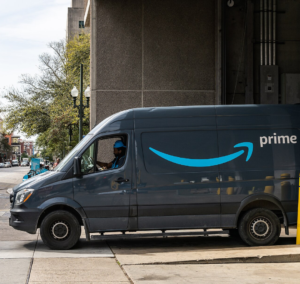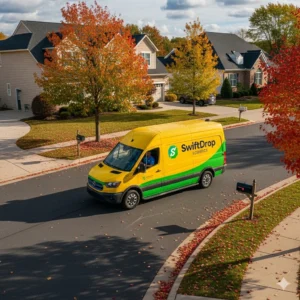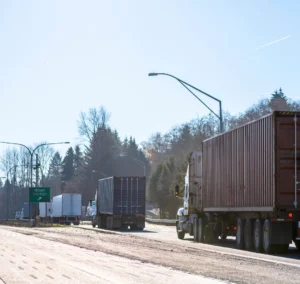A recent StreetLight Data report reveals that traffic congestion has worsened in nearly every metropolitan area in the country.
During the COVID-19 pandemic, vehicle traffic in the United States experienced a record decline due to stay-at-home orders and the rise of remote work. However, four years later, the situation has become alarming. The report from StreetLight Data shows that traffic congestion has deteriorated in nearly every metropolitan area.
The analysis indicates that, despite the remote work opportunities that emerged during the pandemic, Americans have returned to their previous driving habits, even increasing the number of miles driven. Only in May 2024 did traffic congestion decrease by 0.4% in San Francisco and 0.3% in Albuquerque, while in 98 other metropolitan areas, the situation is worse than it was in 2019.

Traffic congestion in the U.S.: affected areas and solutions
Among the areas most affected by recent traffic congestion, the following cities are highlighted in the StreetLight Data report:
- Boise, Idaho
- Buffalo, New York
- Cape Coral, Florida
- New Haven, Connecticut
- Lakeland, Florida
- Syracuse, New York
- North Port-Sarasota, Florida
- Bridgeport-Stamford, Connecticut
- Allentown-Bethlehem-Easton, New Jersey
- Scranton, Pennsylvania
The report also notes that miles driven per vehicle are at or below 2019 levels in only 13 metropolitan areas, with Los Angeles leading the reductions at a 17% decrease. However, some cities, such as Boise and McAllen-Edinburg-Mission, have seen dramatic increases of 58% and 68%, respectively.
Despite reductions in vehicle miles in 18 of the 25 largest urban centers, traffic congestion has improved in only seven of them. Minneapolis tops this list with a 1.5% decrease in congestion.

StreetLight Data suggests that it is essential to reimagine cities and suburbs to promote less vehicle-centric lifestyles, as expanding roadways is not solving the congestion issue. In summary, while the pandemic temporarily altered driving habits, the return to congestion and increased miles driven underscore the urgent need to rethink urban transportation and mobility policies in the U.S.

Amazon to invest over one billion dollars in wage increases
The multinational company Amazon announced its plans to invest over one billion dollars in wage increases for its employees. On September 17, the multinational company

The Road as Therapy: Truckers Finding Peace Behind the Wheel
The Road as Therapy: Truckers Finding Peace Behind the Wheel. While the highway may mean stress and hurry for some, for professional drivers it can become a space for introspection and reflection.

Flexible rest times for truck drivers
The DOT has decided to reactivate the suspended pilot programs that will study the effects of allowing truck drivers to split their mandatory rest times.

The Future of Urban Delivery: The Last-Mile Logistics Revolution in the U.S.
The Future of Urban Delivery: The Last-Mile Logistics Revolution in the U.S. With the unstoppable rise of e-commerce, the final leg of transportation—from the warehouse to the customer’s door—has become a battleground for innovation.

What does a messy truck say about you?
Driving a dirty or messy truck is often associated with carelessness and a lack of organization, though there may be a deeper meaning behind it.

CABT opposes the increase of weight limits for commercial trucks
The transportation industry opposes increasing the size and weight limits for commercial trucks. The transportation industry opposes increasing the size and weight limits for commercial